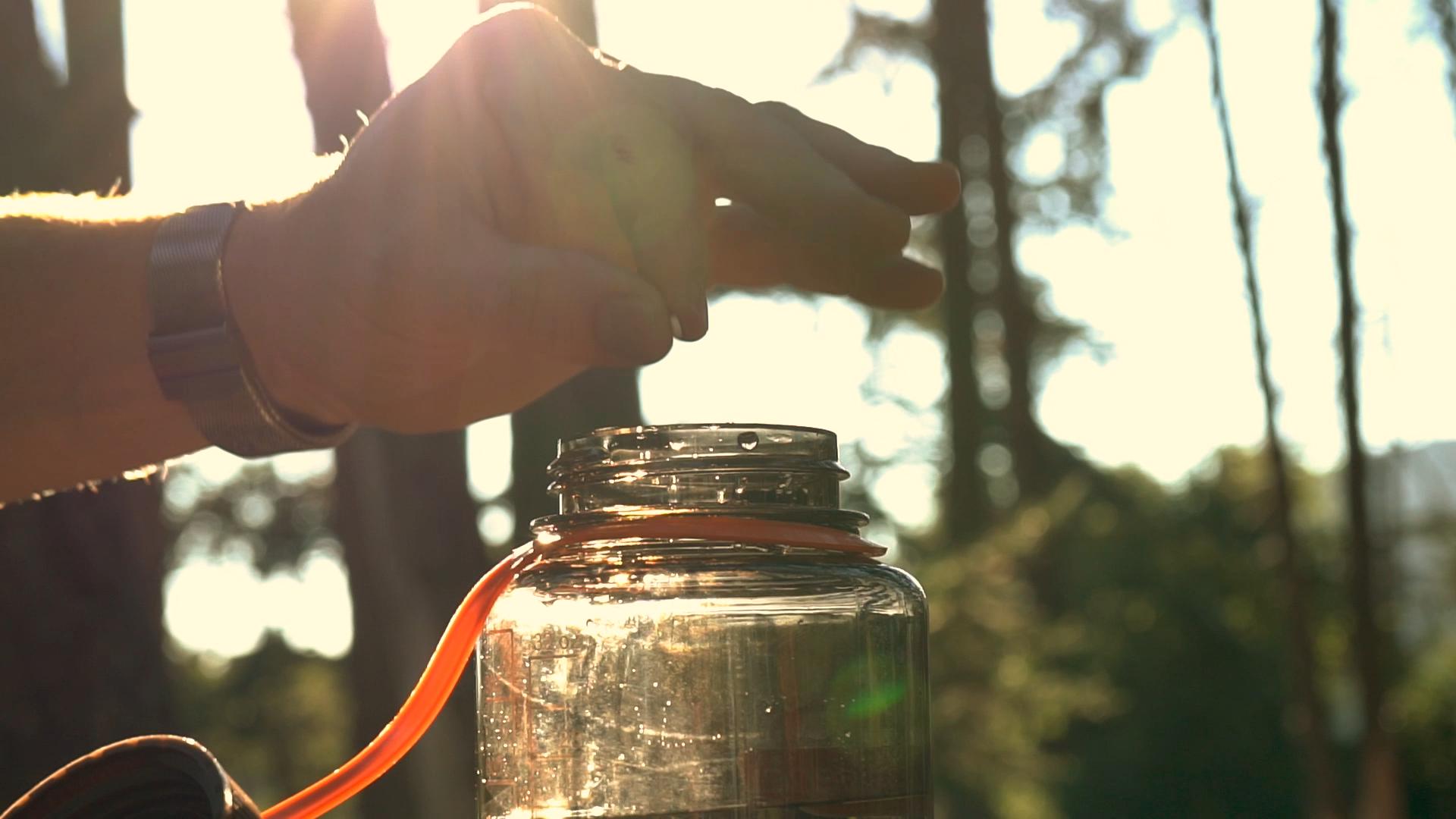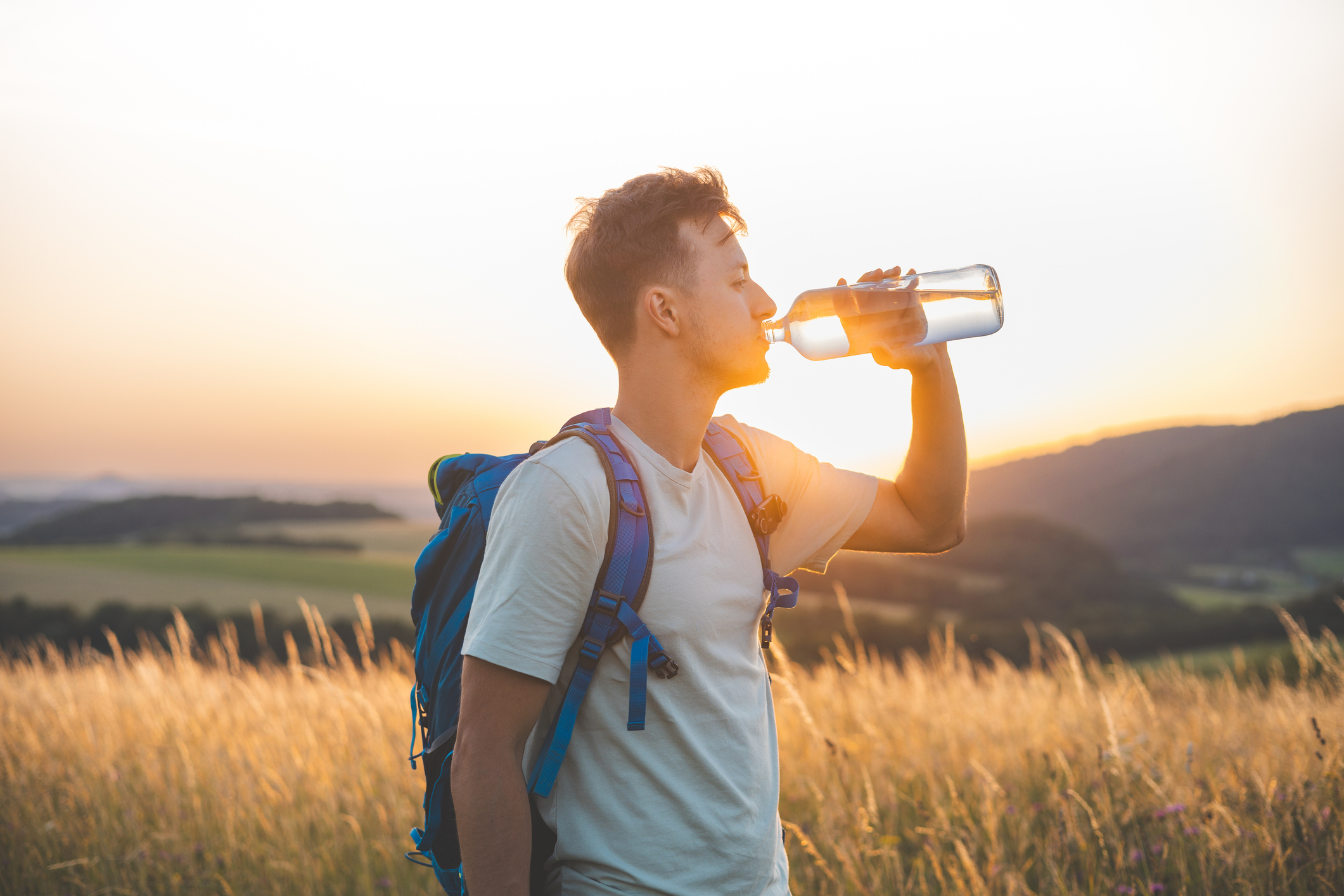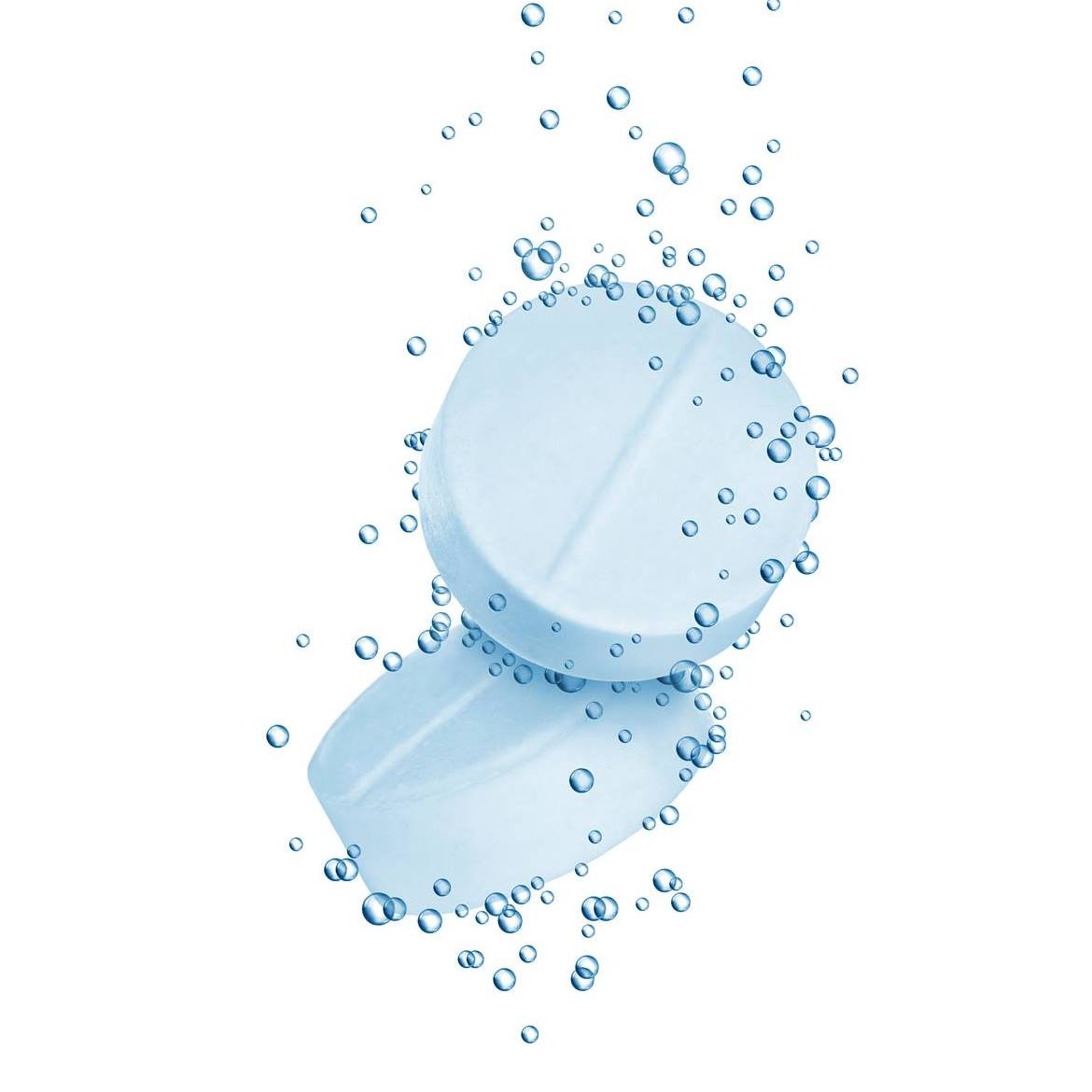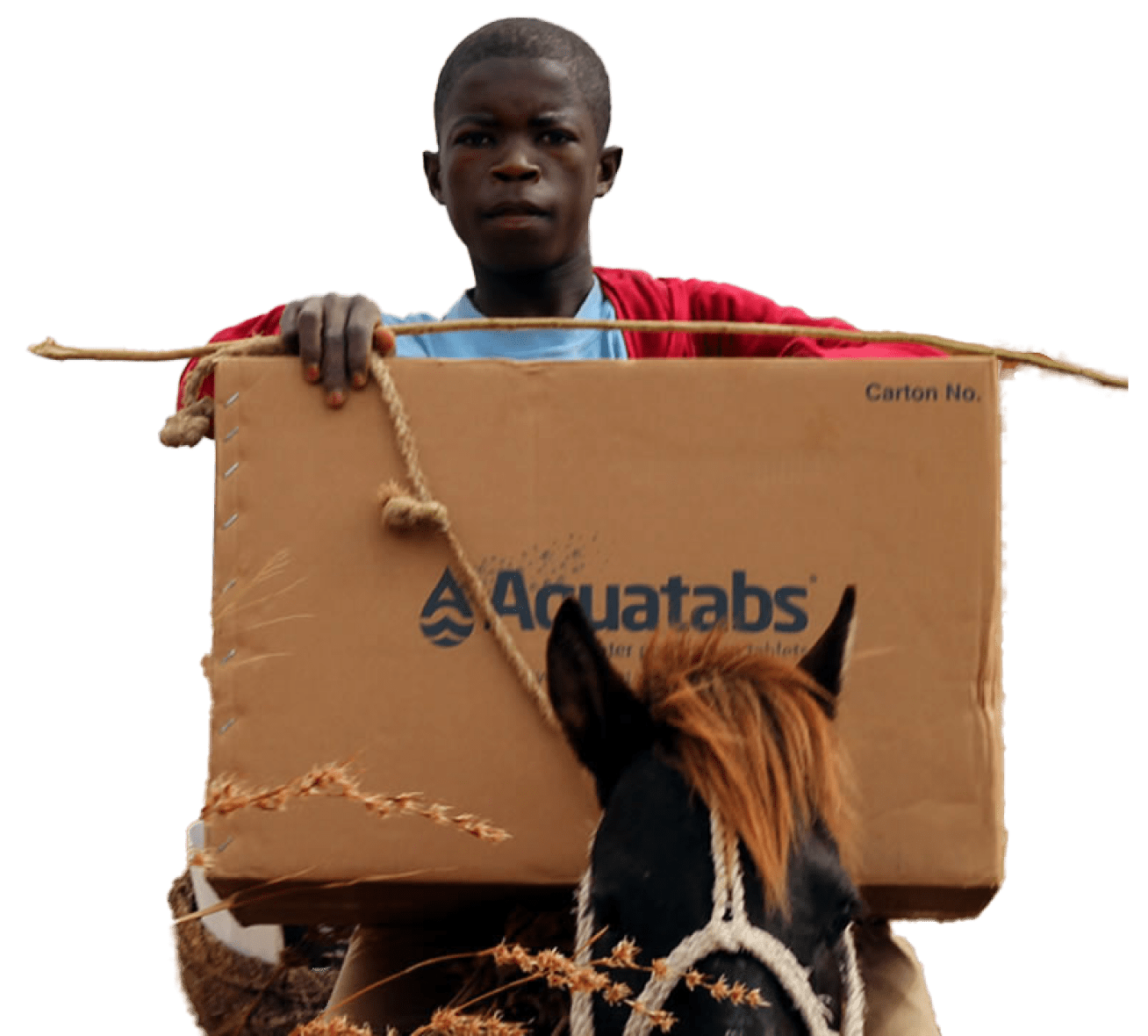Water is life. We drink it, cook with it, and clean with it every single day. We often take its safety for granted, but is the water we rely on always as safe as it looks? Unfortunately, clear water isn’t always clean water. Hidden dangers in the form of microscopic contaminants can pose significant health risks. Understanding the link between water quality and common diseases is the first step towards protecting yourself and your family. This article focuses on waterborne illness prevention by exploring the link between water quality and disease, and highlighting effective safety measures.
What Makes Water Unsafe? Understanding Contaminants for Disease Prevention
While water can contain various impurities, the most immediate health threats often come from microbial contaminants – tiny organisms invisible to the naked eye. These include harmful Bacteria, such as E. coli or the types causing cholera (Vibrio cholerae) and typhoid fever (Salmonella Typhi). Viruses, like those responsible for Hepatitis A and Norovirus, can also be present. Additionally, Protozoa, such as Giardia lamblia, which forms protective cysts, pose a risk. These microbes typically enter water sources through contamination from sewage, animal waste, inadequate sanitation, or issues with water infrastructure.
Common Waterborne Diseases: Know the Signs for Effective Prevention
Drinking contaminated water can lead to various illnesses, known collectively as waterborne diseases. Cholera, a bacterial infection, causes severe watery diarrhoea and rapid dehydration, spreading quickly in areas with poor sanitation. Typhoid Fever, also bacterial, presents with sustained high fever, weakness, and stomach pain. Giardiasis, caused by the protozoan parasite Giardia, often results in digestive issues like diarrhoea and cramps that can last for weeks. Viral infections like Hepatitis A affect the liver, causing fatigue and jaundice. These illnesses can range from uncomfortable to life-threatening, underlining the critical need for water safety and effective strategies for preventing waterborne illness.
Waterborne Illness Prevention: Effective Water Safety Strategies
Effective waterborne illness prevention relies heavily on ensuring the water we drink is free from harmful pathogens. Where available, using known safe municipal sources with reliable treatment is often the best approach. When a source is uncertain, however, treatment is essential. Boiling water vigorously for at least one minute is highly effective against all pathogens but does require time and fuel. Water filters can remove larger contaminants like bacteria and protozoa, but their effectiveness against smaller viruses varies greatly depending on the filter technology – always check the specifications.
Another convenient and reliable approach is using Water Purification Tablets. Trusted tablets, such as Aquatabs, utilise NaDCC technology that meets international standards for safe drinking water (WHO specification, NSF/ANSI Standard 60). When used according to instructions, Aquatabs are highly effective against a broad range of harmful waterborne pathogens, including bacteria (like those causing cholera and typhoid), viruses, and protozoan cysts like Giardia, making water safe to drink. Their proven effectiveness, portability, and ease of use make them an invaluable tool for ensuring safer drinking water in numerous situations.
When Do You Need to Be Extra Careful?
So, when do you need to be extra careful about your water? Think about travelling abroad, particularly where tap water might not be reliably treated – it’s wise to be prepared. Planning a hike or camping trip? That beautiful stream water needs to be treated before you drink it to ensure effective waterborne illness prevention. Emergencies, like floods or power cuts, can also affect water safety at home, making purification vital. And for anyone living where tap water isn’t consistently safe day-to-day, having a reliable purification method offers crucial protection.

Your Waterborne Illness Prevention Checklist
Protecting yourself is often straightforward. Firstly, know your water source whenever possible. Secondly, if in doubt, preventing waterborne illness means always treating water using a reliable method like boiling, appropriate filtering, or proven purification tablets like Aquatabs. Finally, remember that good personal hygiene, especially handwashing, helps prevent the indirect spread of any potential waterborne pathogens.
Safe Water, Healthy Life
The link between water quality and effective waterborne illness prevention is undeniable. While waterborne illnesses remain a global challenge, effective solutions are readily available. By understanding the risks and taking simple preventative steps – especially ensuring your water is safe through proven methods like purification tablets – you empower yourself to protect your health and well-being, whether at home, travelling, or enjoying the outdoors.



